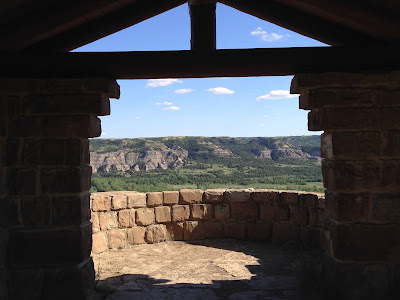Olympic Teamwork
Yesterday at work we had an Olympic trivia event. I guessed at every question — a testament to how little of the coverage I’ve watched so far. But last night I made an exception. I stayed up way past my bedtime to watch the women’s gymnastic team claim the gold.
“The boys in the Clipper had been winnowed down by punishing competition, and in the winnowing a kind of common character had issued fourth: they were all skilled, they were all tough, they were all fiercely determined, but they were also all good-hearted. Every one of them had come from humble origins or been humbled by the ravages of the hard times in which they had grown up. … The challenges they had faced together had taught them humility — the need to subsume their individual egos for the sake of the boat as a whole — and humility was the common gateway through which they were able now to come together and begin to do what they had not been able to do before.”




